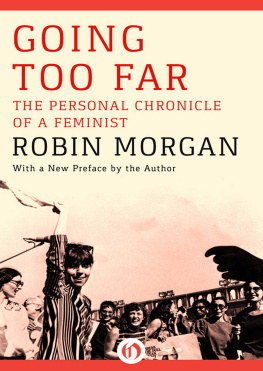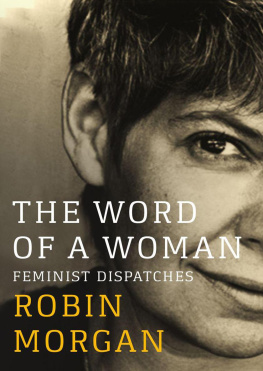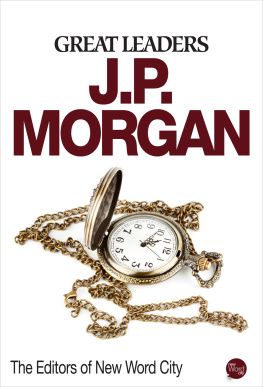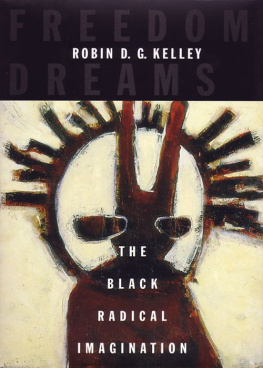EARLY BIRD BOOKS
FRESH EBOOK DEALS, DELIVERED DAILY
LOVE TO READ ?
LOVE GREAT SALES ?
GET FANTASTIC DEALS ON BESTSELLING EBOOKS
DELIVERED TO YOUR INBOX EVERY DAY!
The Anatomy of Freedom
Feminism in Four Dimensions
Robin Morgan
for Blake
CONTENTS
PREFACE
Despite frequent well-meaning questions as to an authors favorite among her own books, she can no more honestly answer than a parent could fairly pick out a favorite child. You love different works for different reasons, and if you have followed through on your childhood dream of becoming a woman of letters who writes in different genres, you certainly wouldnt want to scrunch your poetry in to compete with your memoirs, nonfiction with plays, novels with anthologies, and so forth. That said, The Anatomy of Freedomfirst published in 1982 and rereleased in this second edition with a new foreword and afterword in 1994holds a special place in my heart, life, and library. Despite major personal upheavals during its gestation and completion, I had such fun writing it.
Anatomy was a balance-defying leap forward in what I now can see has been a progression not only in my political thinking but in the style of my nonfiction. The political thinking cant be summed up in a preface; thats what the book is for, after all. But I can address style and the way mine has tried to move up off the page and into the immediacy of the intelligence and emotions of the readermetaphorically and literally. This book is an interactive work written before the Internet changed our lives. In a sense, it has been waiting to come into its own as an ebook. Its an attempt to make literary form follow nonlinear philosophical-political functionand then some. So fasten your seatbelt and grab my hand, because with this book we step off the edge and take flight.
The four dimensions of the subtitle are the political, the scientific, the personal, and a challenging, too-rarely-examined concept that I call the readiness for freedom.
With Anatomy, I came out of the geek closet and explored my amateurs passion for science, from microphysics to astrophysics and cosmology. I even had the hubris to use the framework of theoretical quantum physics (explained herein in plain English) as the organic model for the visionary politics required at this point to save ourselves, one another, and the planet. Ambitious? You think?
And if I was going to bring my reader with me into demystifying the strange world of charmed quarks and red shift, of string theory and branes, of permeable realities, why then, the style had best reflect that. (Fortunately, the science is not out of date, since it is primarily that of theoretical physics; there is still no unified theory of everything, much less one for feminism.)
But back to form following function. There is a dance of styles in these pages. There are storiesfables, you could say. And short parables. And diary entries. And dreams. There are coded messages between a wife and husband whose marriage is ending, translations that approximate what each might say to the other, if only. There are meditations on racism, international politics, technology, age, families, erotic joy, even death. A wild, romantic, sexually passionate affair glitters through these pages, weaving in and out of analyses of childrens rights, environmental crises, and mens need for feminism. And there is a grand fugue in which the authors dream self, waking self, child self, and old self appear, along with Sren Kierkegaards fianc, Regina Olsen; Thomas Jeffersons enslaved lover, Sally Hemings; and Erwin Schrdingers catplus electrons, computers, cacti, and Lucy, the australopithecine mother of us all.
So let this book happen to you. Imagine Douglas Hofstadters Gdel, Escher, Bach crossed with Charlotte Perkins Gilmans The Yellow Wallpaper, and Neil deGrasse Tysons commentary pulling it togetherwhile Tina Fey and Amy Poehler are watching, interrupting, laughing, and eating popcorn.
Enjoy yourself.
ROBIN MORGAN
October 2014
New York City
FOREWORD TO THE SECOND EDITION
This is the point. Imagine a dotlike a periodof light. Imagine it in a second dimension, radiating spokes from itself, a mandala of light. Imagine the wheel spinning, a depth of light, in three dimensions. Now try to imagine the mandala cubed.
Now double the original point:
Now imagine the point as infinite
This is one way to labinotate the choreography of freedom.
This is the movement of feminism.
Since The Anatomy of Freedom was first published,* the world has witnessed examples of liberation, democratization, indulgence, and license.
But freedom?
In the political dimension, the changes appear dramatic, as if history were accelerating in its approach to a millennial shift: the end of the Cold War, the (ostensible?) fall of totalitarian governments of both the Left and Right) in Eastern Europe and Latin America, a few peoples revolutions in Asia, the death of apartheid in South Africa, fragile agreements on nuclear disarmament and on trade, frail peace accords in the Middle East all causes for celebration, or at least relief.
But this was also the period that witnessed a proliferation of civil wars on tribal, ethnic, language, religious, cultural, political, and territorial grounds; the brazen reinstatement of torture; and an all-time-high record in refugees, 90 percent of whom are women and children. These years charted increases in religious, sexual, political, and every other fundamentalism; in population and in Third World debt; in ozone depletion, air pollution, water scarcity, land erosion, auto-immune diseases, and terrorism. This period witnessed the Montreal Massacre. And Tiananmen Square. And Chernobyl.
This was the period of the rapid-response, feel-good Gulf War waged by the United States and its allies (provoked less, ironically, by Saddam Husseins despotism against Kurds or Kuwaitis than by his jeopardizing oil supplies), as well as the two-year-long lack of response to attempted genocide in the territory formerly called Yugoslavia (no oil fields there). These years heard testimony from survivors of the Serbian brothel/death camps in that territory, and watched while more than fifty thousand women and girls of all factions were raped and tortured (an estimated thirty thousand in Bosnia-Herzegovina alone), and at least another 100,000 killed. Rarely has the pornographic nature of war been brayed aloud so clearly. And in two psychiatric hospitals, at Fojnika and Bakovici, west of Bosnias capitol Sarajevo, abandoned mental patients cleaned floors, built fires against the freezing air, and cooked themselves potato soupafter having carefully gathered and hidden live grenades left behind by Muslim and Croat forces who were not, of course, mad.
In the scientific dimension, many prophecies hazarded in this book have already come true (what is hinted at on page 254, for example, is now available as RU486). Other issues projected in these pages, such as reproductive-technology controversies or information highway concepts, have proliferated at a rate few could have imagined a short twelve years ago. And then there is the field of physics, whose centrality to this book is in two areas, as subject for demystification and as analogy for feminisms potential impact on our definitions of reality. In physics, work has progressed rapidly on quantum theory, on chaos theory, on superstring theory, on cold-dark-matter hypotheses, on black holes, gravity flux, time curves, wormholes, and other miracles of theory and of fact far too complex and numerous to summarize here.

















